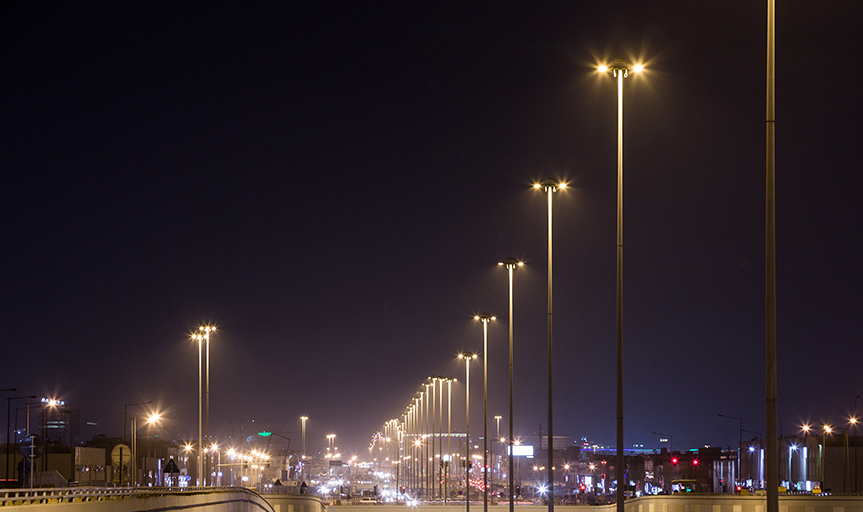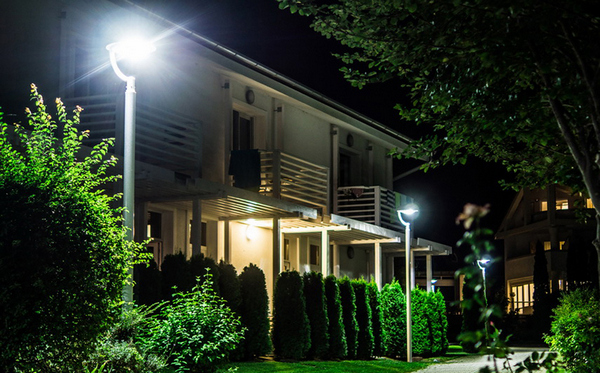Agostino Renna, President and CEO of GE Lighting for Europe, The Middle East and Africa, shares in this blog entry how LED streetlights can offer so much more than just light.
Lately I’ve been spending quite a bit of time talking about the subject that’s become popularly known as ‘intelligent cities’. What strikes me is the sheer amount of new ideas, innovations and solutions that are emerging to address the many overlapping urban challenges that are likely to be with us for some time to come: climate change, migration, pollution, traffic congestion, security, energy, heating, flooding, clean water access and beyond.
For me, the most important thing to consider when discussing the future of intelligent cities – and GE’s role within that – is that we are not constrained by technology. The technology is available, commercially viable, and it delivers the right outcome. But where the market needs to change is in the area of courage. We are still following convention, using old processes to solve new generation problems.
Technology is available, commercially viable, and it delivers the right outcome. Where the market needs to change is in the area of courage
I believe that we need to change those processes to advance into a new future driven by technology – a future where luminaires can offer much more than light. And this is not the imagined future city of science fiction, filled with automated machines and futuristic extravagances. Rather, it’s about stronger infrastructure, better safety, a sustainable energy plan and improved communications capacity.
Yet despite all of these stimulating inventions and possibilities, there is no guarantee that every city will become intelligent. Of course, countless pilot projects are being realised and some of the innovations will likely be replicated and scaled, but there are still a number of challenges to be overcome. Do we have the right sense of urgency? Are we innovating with the notion of speed and simplicity? Or have we entered a state of technology anticipation paralysis where we sit waiting for the one new thing that will crack it all open?
 |
|
LED streetlights in a major city. (All photos courtesy of GE Lighting) |
I think there are at least three factors that can address some of these questions and help unlock large-scale action and investment in intelligent cities.
· Communication and education are first among these. People need information in order to recognise needs and opportunities, and to be able to make informed decisions.
· Connecting the dots is the second key factor. Intelligent cities are smart because they share infrastructure and connect things that were previously disconnected in ways that create value. Individual solutions are great, but the real magic occurs when connections are made between traditionally separate sectors or constituencies.
· The third success factor is around consumer and citizen driven innovation. After all, only citizens and consumers themselves know and understand what really makes sense in their community and is ultimately valuable. Is an intelligent city truly smart if the people that live in it don’t agree?
In addition to giving a proper voice to citizens and consumers, I believe political courage and disruptive leadership are absolutely essential to unlocking the intelligent city puzzle. New problems require new leaders with different ways of thinking and the courage to push forward with new ideas – I will cover more about this in the second part of this post, so stay tuned.
 |
|
Outdoor LED light in a residential area. |





 CN
TW
EN
CN
TW
EN







